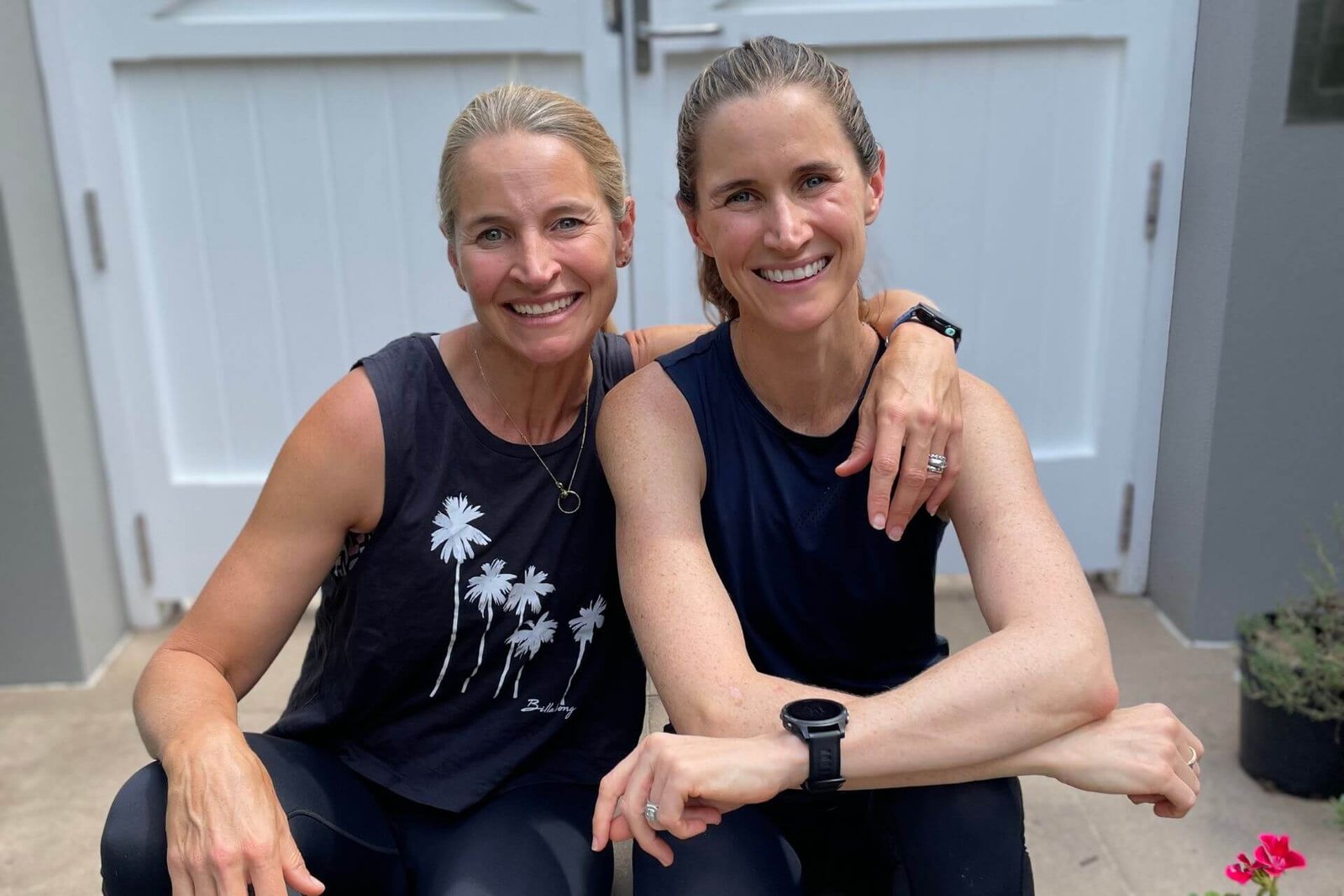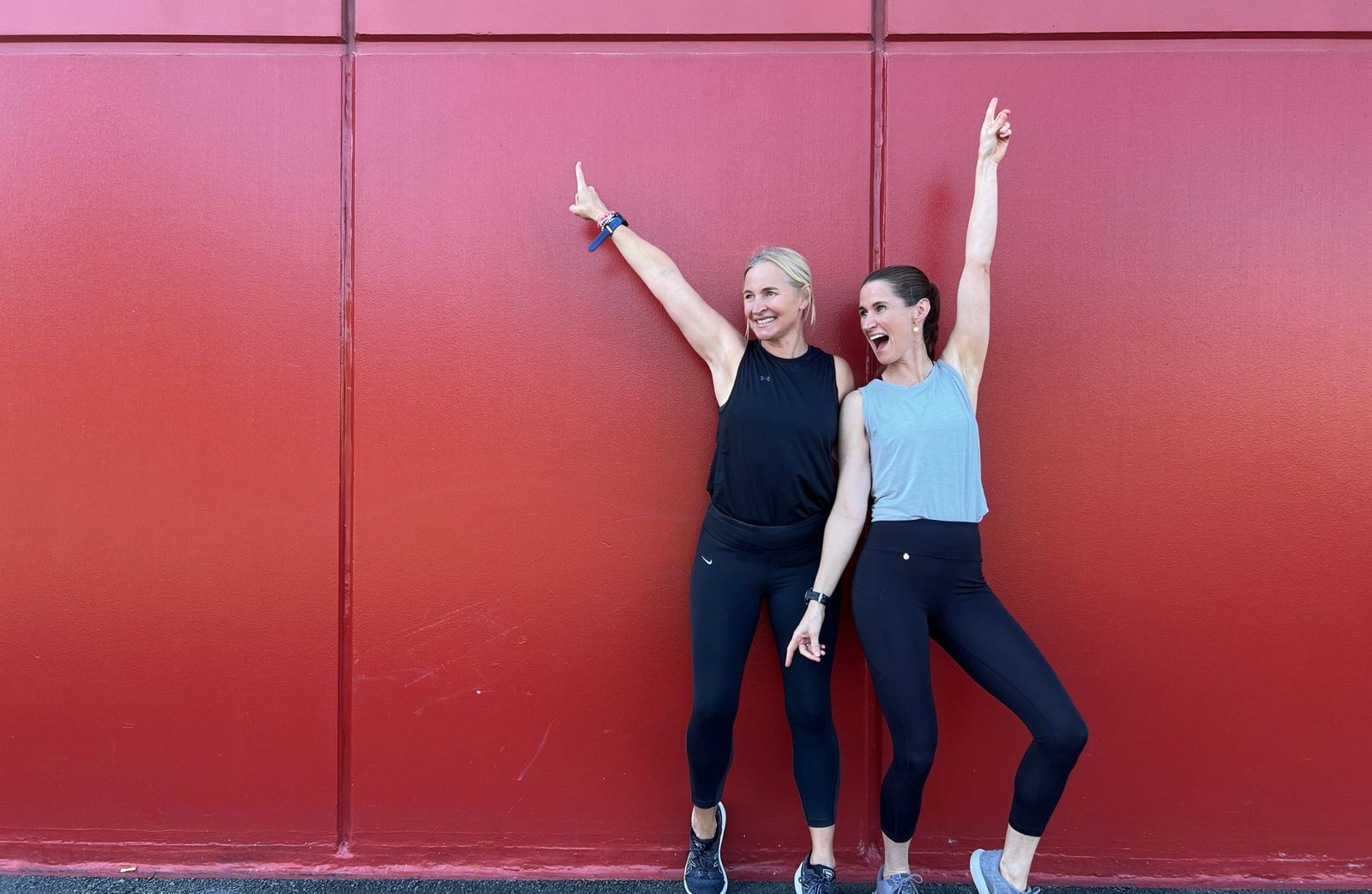You know that we are just as passionate about getting our little ones moving, as we are about you girls. So let’s chat Kids’ Fitness. No, this one is not about what sport they play, activities that they are involved in, how hard they train nor even about winning, losing or competing… it’s about kids getting fit, and fitness becoming a part of an overall healthy lifestyle, for life.
Research tells us that kids who are physically active are more likely to be academically motivated at school and also more alert. It is important to encourage kids to be active, to get involved in fun fitness activities as part of their everyday life and routines.
Kids are made to move and some of the important benefits of keeping them active are:
- strong muscles and bones
- weight control
- decreased risk of developing type 2 diabetes
- better sleep
- a better outlook on life
Being active and fit is also something that we need to carry right through life – the earlier that our kids understand that this is an important life skill, the better.
Fitness is not just about sport and competition.
Pretty early on it becomes quite obvious that not every young person/ child wants to compete. And that’s fine. But it shouldn’t mean that those kids miss out on the physical benefits of exercise AND an incredibly important life skill. And even for those who love the concept of competition, let’s face it, there will come a day when we stop competing and we need to have a habit to fall back on. In our younger years, my husband really struggled with this when he left competitive sport and the structure of that environment in his late 20’s – what would he do now?! He had never really had to motivate himself, exercise or train, outside his team environment… he felt a little lost and it took him some time to set up his own fitness habits. We need to help kids understand the importance of fitness outside of organised sport and help them establish active habits, young.
Start early with your kids. We always walked or ran with the children in the pram regularly when they were young or then later with their bikes hooked up to ours. Now, our minis will sometimes walk/ run, or they will ride bikes, scooters, even skateboards. Sometimes its a circuit in the back yard (that they have created). Sometimes we do yoga together. Or we pull out he skipping ropes and have a ‘jump off’ showing each other new tricks. Sometimes its 5 minutes of fitness, running and jumping around like crazy. It doesn’t matter what – as long as they are moving! And that we do this consistently.
Fitness should be fun.

Make sure that for your kids, it’s about being together and that it is fun. It certainly does not need to be a full training session, even just a few minutes of fitness and fun together counts. Focus on what THEY like – is it bike riding, skateboarding, surfing, beach swimming, boxing, running, skipping, dancing, tennis…. start there. No one wants to do exercise that they don’t like, so focus on what is important to your kids. Our kids’ favourite music in the back ground always makes a difference and provides a good distraction – but working out what your kids respond to, is the key.
Fitness should be fun (yes, really!) but it’s also great to start to discuss with older kids the reasons why it is important that we do this. The reasons why we need exercise for our bodies and the reasons why we eat the foods we do – real facts and language in a grown-up discussion. In our house, we always chat about our bodies and how they work, what they need to work at their best and how to best maintain them. Talk about people that your kids admire and reference them, if you think that might work. Relate it to their life, so that it has more meaning. It’s about sharing a life skill that is one of THE most important ones for a healthy life – use whatever means possible!!
Fitness should be led by example
If your kids are always seeing you exercising, training, walking, running, stretching, riding, going to yoga…. curiosity takes over and they will eventually want to join in. It might be for a minute or it might be for 10, or 15, or 20 mins – whatever the length of time, that is irrelevant. If they want to join in, where possible – let them!! Be patient and while this might detract from your own session – it is important that you seize this opportunity to encourage them to join in (or to show them what you do). The only thing that matters here is the role modelling.
If you are committed to giving your children the best chance at a healthy life and upbringing, the best thing that you can do for them is to commit to giving your self the best chance at a healthy life. Are you modelling good fitness habits? Good nutrition habits? For your children to see movement and exercise as a part of your daily life, it will just become a part of their daily life – it will be all that they know.
We believe that children deserve proper knowledge of their bodies, facts about how it works and why we need to look after it. The truth is in life that too few people really understand this and their lifestyle reflects it. Knowledge is power – trust that your kids are wise enough to have that knowledge and use it for good!
Not everyone can be nor will be an elite athlete, however everyone can and should ultimately be aiming to be fit and well for a better quality of life, health and happiness. We don’t really need to continue to compete in sport forever, we do however need to establish a fitness lifestyle, for life. And that should be an aim for all of us.
Anna xo
The Australian guidelines for physical activity for children are:
0-1 years should have some physical activity, like floor play, each day.
1-5 years should be physically active for at least three hours each day, with activity spread across the day.
5-18 years should do at least one hour of moderate to vigorous physical activity each day.
But remember, physical activity doesn’t have to be done all at once, or even in big chunks. Playtime should be fun and small blocks of activity spread throughout the day is just as effective! For big people, as well!
If you’re looking for some motivation, not only for your kids, but for you – check out our chat on “Why Movement should be your number one priority” here.
And while we are on the topic of our kids, if you missed our Kids’ Nutrition Series, check out the WHY, the HOW and the WHAT here.






